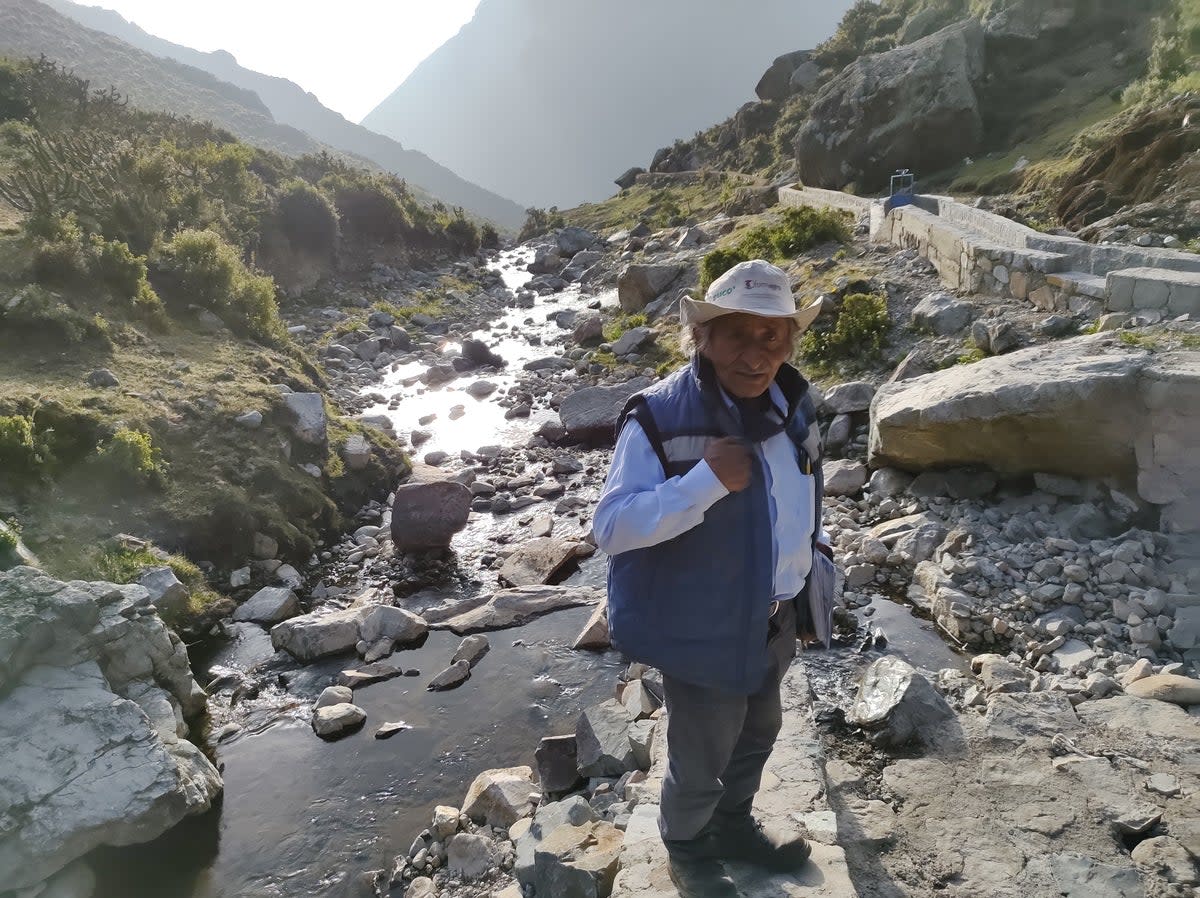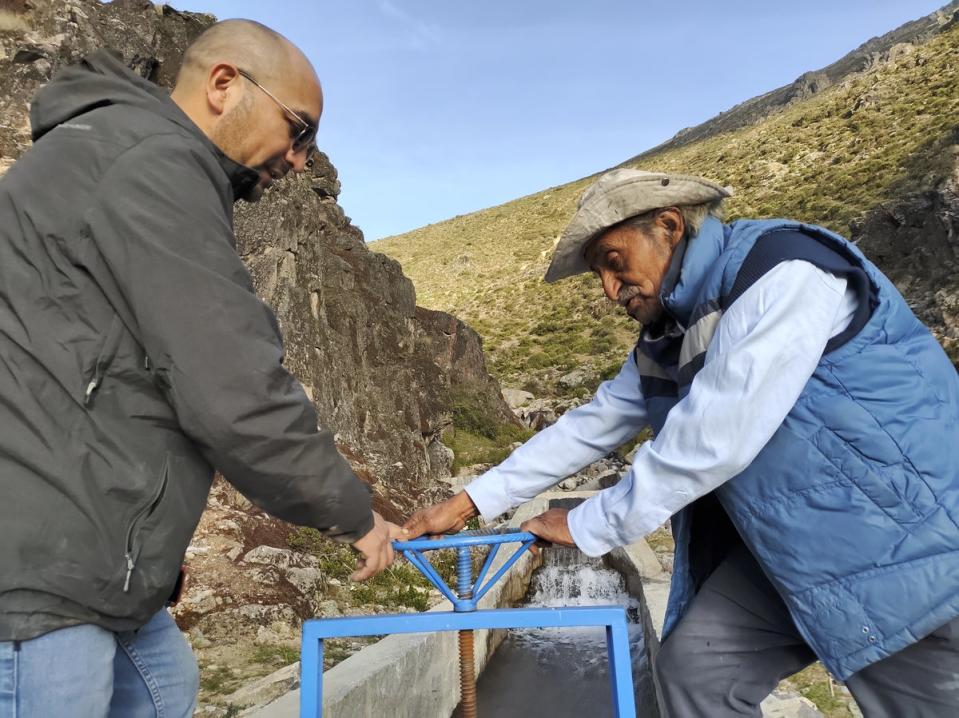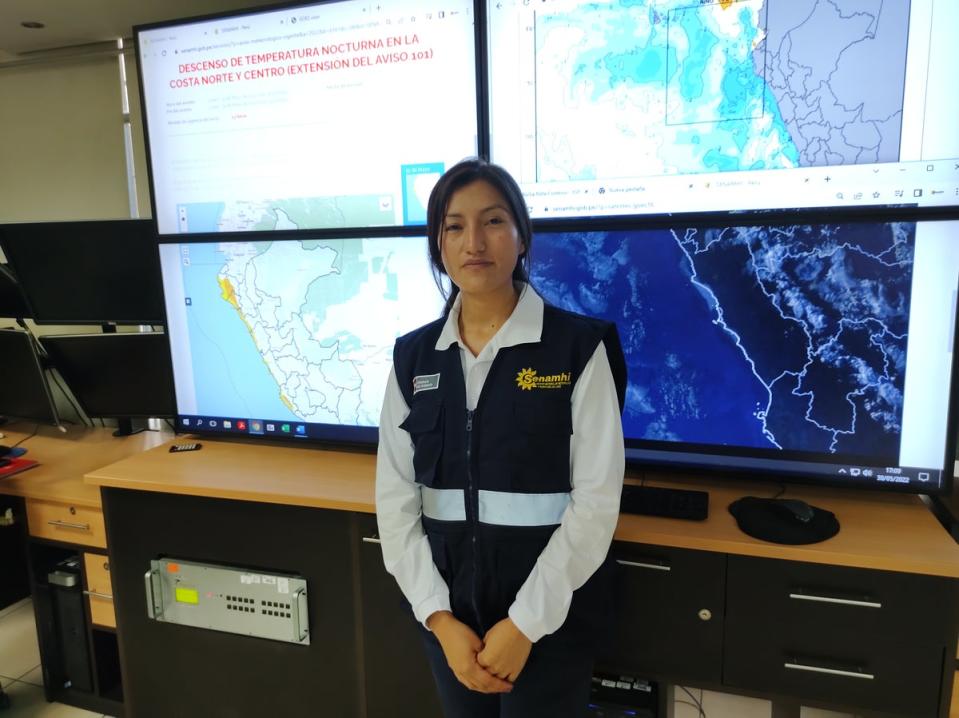Ancient Incan technology being used to harvest water to combat Peru’s crisis

Techniques used by servants of the Inca empire to build canals 500 years ago are being resurrected in Peru to funnel much-needed water to remote mountain communities and the city of Lima below.
Gregorio Rios, 74, oversaw the renovation of the vast network of canals above San Pedro de Casta, a town 3,000 metres above sea level in the South American country’s Huarochiri district.
The canals were built centuries ago by the Yapani ethnic group, using clay and rocks ingeniously compressed over a long period of time.
The local municipality previously used concrete to build new modern canals, but it stifled plant growth, affecting the local ecosystem, and crumbled after just 10 years.
The Yapani canals, by contrast, are more than 500 years old. New canals built with the ancient techniques could last for more than 100 years if built correctly. They are also permeable, so the water is filtered and plant roots help anchor the structure in place.

Mr Rios, whose work is supported by Warwickshire-based charity Practical Action, said: “Our ancestors built the canals with rock and clay. That knowledge is being lost and it’s in our interest to recover it.
“We have got to take control of the management of water for the crops. This is all being done thanks to the knowledge of our ancestors.”
San Pedro, isolated at the best of times, was cut off from the rest of Peru for a year because of the Covid pandemic, during which it is thought that every family in the town lost someone to the virus.
But locals grasped the opportunity to rebuild the canals. The recovery took 30 workers from the town four months. Most of the community is involved in the project, because local crops, such as avocado, apples and maize, are dependent on it.
Practical Action supported the community by working with local leaders to organise a volunteer workforce, and helped pay for the transport of construction materials and people to the mountain areas where springs and small lakes originate. It also provides simple rain gauges to measure rainfall and help predict flooding further down along the river basin.

Access to water in Lima, Peru’s capital, is becoming harder. It is the second driest city in the world, and the glaciers in the Andes are melting at an alarming rate because of the climate crisis.
The techniques used by Mr Rios may be a vital weapon as water becomes scarcer, particularly in isolated communities.
Maria Caballero, a climate scenario analyst for the National Meteorological and Hydrological Service of Peru, said: “Peru is one of the countries most vulnerable to climate change. It’s a tropical region with mountain glaciers and a long coast.
“The glaciers are melting fast and we are losing their potential as a water resource.”
Sam Webb travelled to Peru with the charity Practical Action

